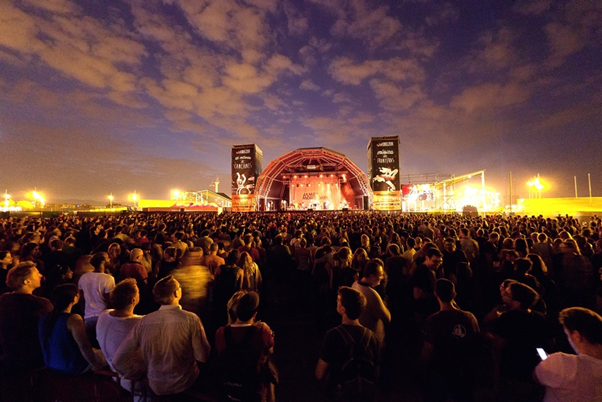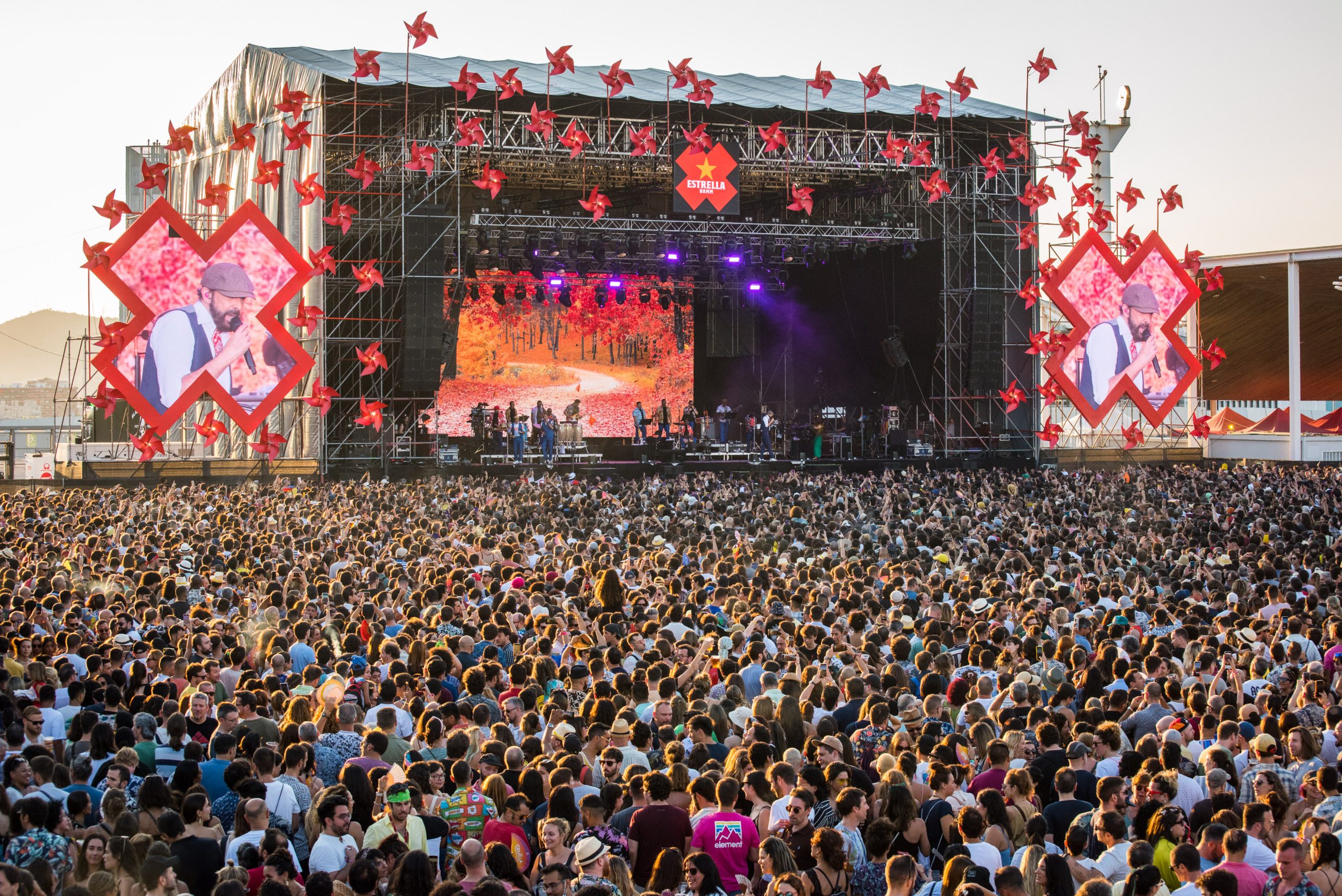The Stories behind FUSION's cases
Cruilla Teams up with NGOs
By Roos Derksen
When experts on festivals and NGOs join forces, festivals can realise their potential as platforms for social innovation. This is the case for Cruïlla – the festival acts as a steppingstone for young people and organisations to implement their own ideas, products, and technologies for the benefit of society. The Erasmus+ project called FUSION, explored this subject on different festivals and produced a good-practice guide on how festivals can support social innovation projects.
In an interview with Jordi Marí, the CFO of Cruïlla, we got a more in-depth view of why and how Cruïlla’s collaboration with NGOs has a positive impact on the local population.
Jordi, what is your role at Cruïlla? How did you come up with the idea of having NGO stands at the festival?
My name is Jordi Marí and I would be something between Manager and CFO. I’ve been working here for 7 years.
NGOs are always looking for places and ways to reach new audiences, and music festivals have always been a good choice. Amnesty International was the first to knock on our door with the idea of promoting donations in our ticketing system, and from that moment on we started to develop different strategies to help reach our followers and attendees.
What does the festival aim to change, or which other impacts does the festival want to have, by having these NGO stands?
In my opinion, our festival is concerned with a lot of the issues that NGOs try to point out, and so does our audience. For us, it is quite a natural thing to incorporate them in our proposal. Moreover, we have found that some artists already cooperate with NGOs and find a creative way to integrate their messages in their shows, this really enriches the festival experience. Two years ago, for instance, we had Open Arms (NGO) and La Fura dels Baus (theatre company) working together in a performance during a Jorge Drexler song, and it was overwhelming.

Why is Cruïlla a good platform for social innovation? And what is it about the festival that makes it a good platform compared to, e.g., a social media forum or a newspaper article?
NGOs mainly say that our festival is a good platform to reach local people. It is obviously a place where many people gather, and the emotional atmosphere that we all create might be helpful to increase receptivity. Our social networks and the funds they can achieve in the form of donations or merch sales are other assets we can provide.
In my opinion, direct contact is key. Street campaigning is one of their most productive actions, and we offer a huge audience living a very special and emotional moment. In addition, everyone wants to have artists on their side because they become an incomparable speaker.
What is your best advice for other festivals that want to do something similar or have a social impact in other ways?
I find it difficult to give general advice. The approach should be different depending on the audience, the festival, the NGOs, etc. It isn’t always easy to match interests, and you must balance your expectations with those of the NGOs. But don’t be afraid and start building relationships with local NGOs. It is always a win-win collaboration.
As a result of this collaboration, organisations such as Save the Children, Óxfam Intermón, or Amnesty International were able to bring their work closer to the population. When a festival like Cruïlla tries to create an immense multidisciplinary juxtaposed experience, it is exciting to see if the festival can encourage the participants to adopt these new perspectives, habits, and norms when they return home from the festival.
Find out more about Cruïlla Festival and the other festival cases in the FUSION guide.

